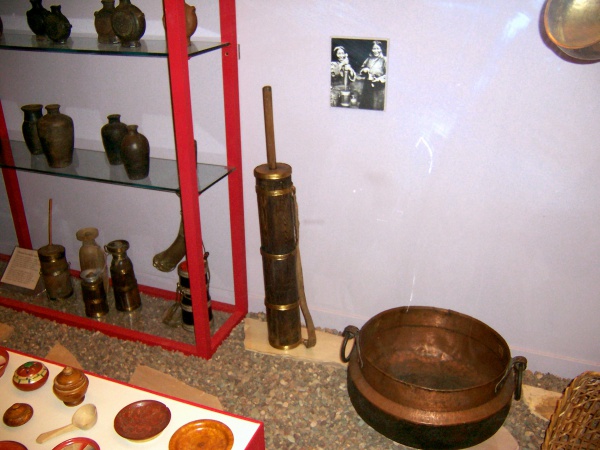Facts About Yak butter
Yak butter, called "Dri Butter" in Tibetan, is a luxurious dairy product derived from the milk of domesticated yaks. These yaks are predominantly found in Central Asia and the Tibetan Plateau, where local herding communities rely on products like yak cheese and butter for their daily sustenance and trade. Notably, yak milk contains nearly twice the fat content of cow's milk, resulting in a butter that has a texture more akin to cheese.
Yaks hold immense value for herders, offering not only milk but also meat and draft power. The process of making yak butter involves fermenting the milk and churning it to separate the butterfat. Once produced, the butter is preserved through traditional methods, such as storing it in sheep-stomach bags or wrapping it in yak skin. Properly stored yak butter can last for up to a year.
The applications of yak butter are diverse. It is a crucial ingredient in yak butter tea, a beloved beverage in the Himalayan region. Additionally, it is blended with roasted barley flour to create a special dough commonly served to guests. Beyond culinary uses, yak butter is employed in traditional practices such as tanning hides, fueling yak-butter lamps, moisturizing skin, and even crafting intricate butter sculptures for Tibetan New Year celebrations.
In countries like Nepal, yak cheese and butter are produced on a larger commercial scale in factories. This industrial production not only bolsters the local economy but also helps preserve cultural traditions.

 India
India